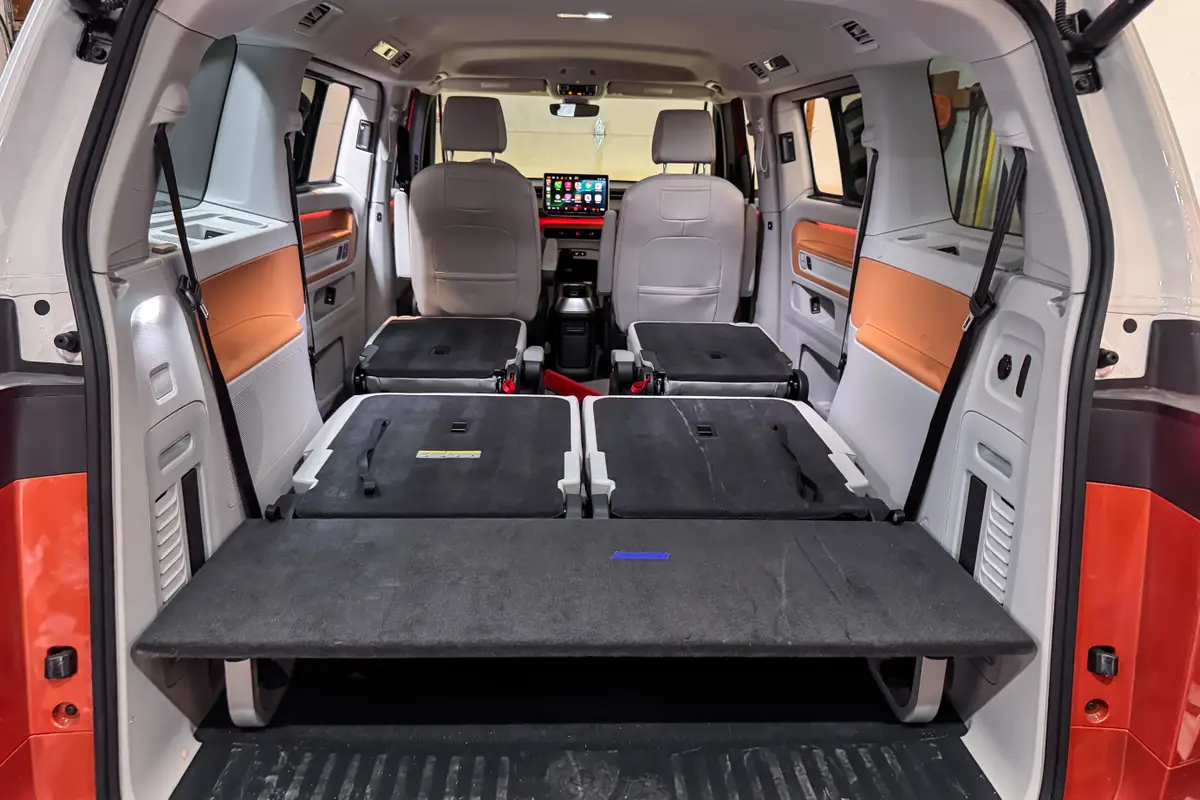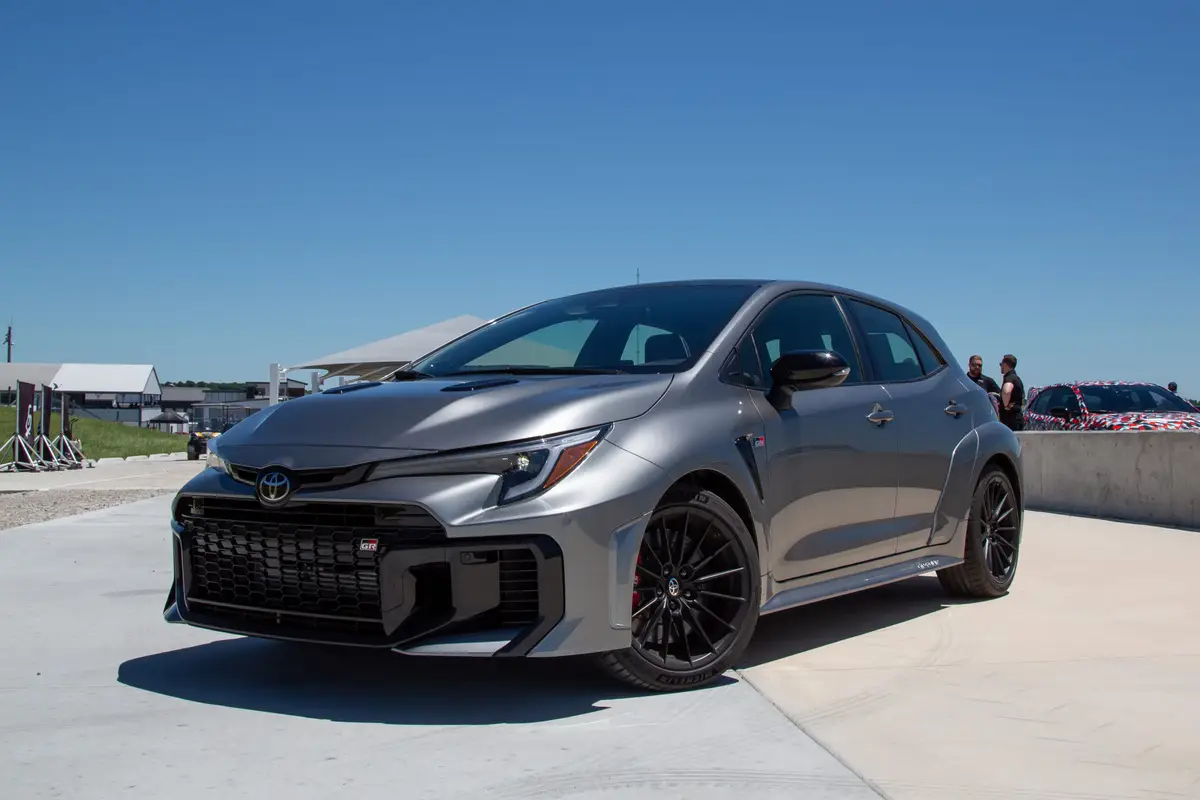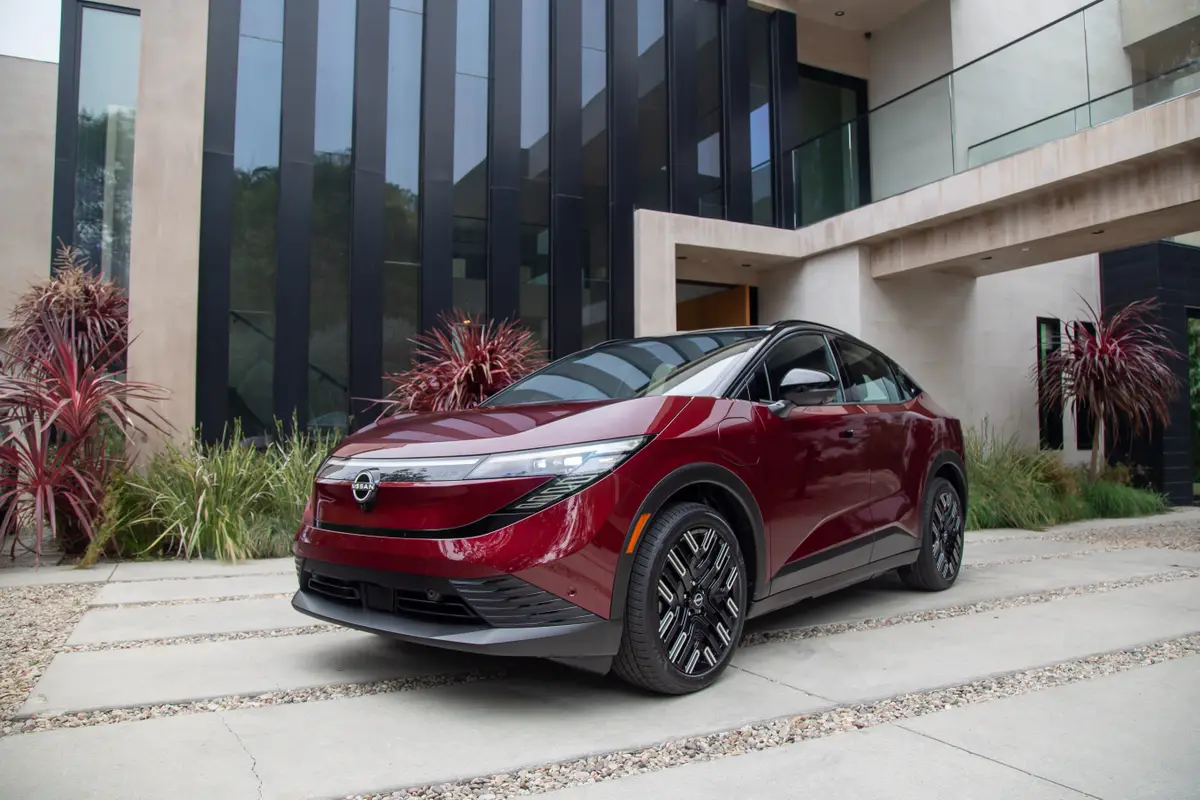Most Backup Cameras Don't Like Bad Weather
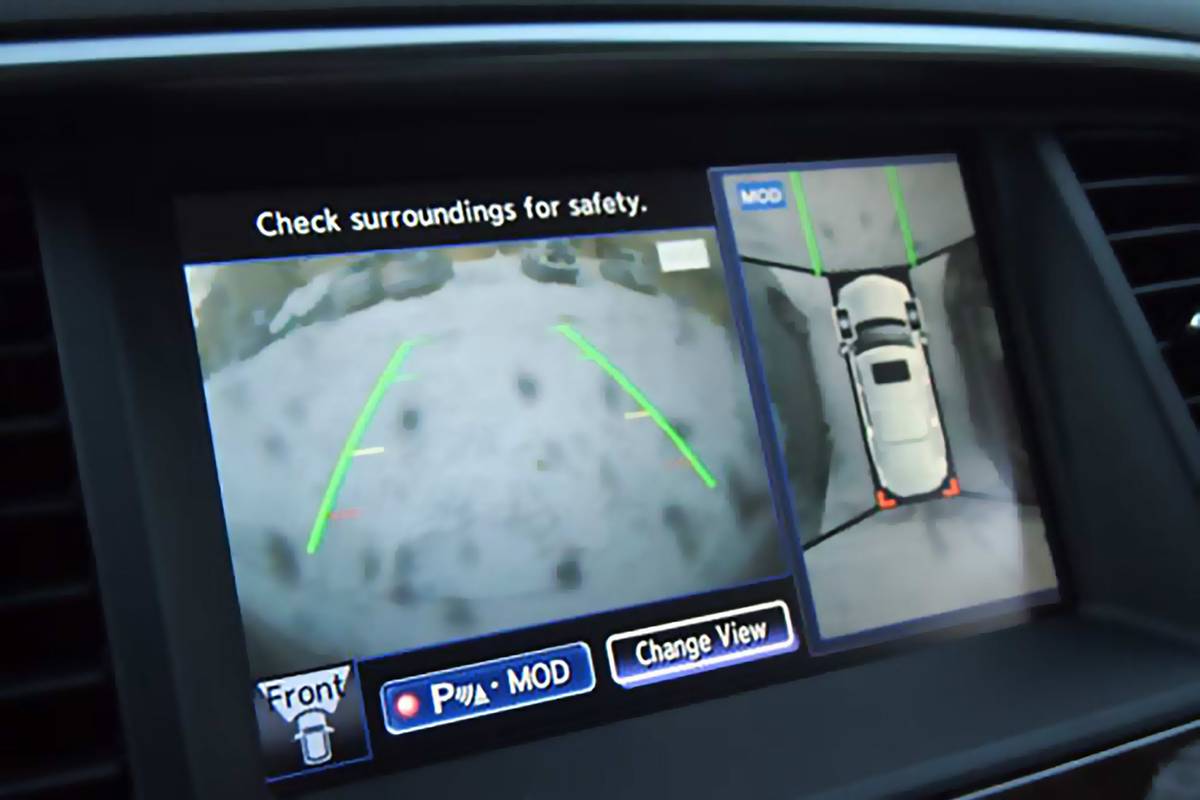
Face it, we’re addicted to gadgets that make our lives easier. Drivers of cars with backup cameras, which display images on a dashboard or mirror screen when the transmission is in Reverse, come to rely heavily on them. These cameras not only show the way when you’re backing up, but they can save lives, make ham-fisted drivers look like parking champs and help countless motorists survive one of the scariest driving experiences: backing out of a parking space at a shopping mall during the holiday shopping season. Studies have confirmed the benefits, showing that backup cameras can play a role in significantly reducing reported crashes.
If only they worked as well in foul winter weather as they do on sunny days.
Related: What You Need to Know About Backup Cameras
Federal regulations made backup cameras mandatory on all new vehicles as of the 2019 model year, but according to the Insurance Institute for Highway Safety’s Highway Loss Data Institute, the feature was only installed on an estimated 49% of all registered vehicles as of 2021; the agency predicts that by 2040, 95% of registered vehicles will have backup cameras.
Backup Cameras in Cold Weather
Subzero temperatures can distort the backup camera images shown on dashboard screens or, as some owners report, cause the system to conk out entirely — sometimes just for the first few seconds. It doesn’t matter whether it’s an Acura, Volvo or any brand in between, owners complain in online forums that their backup cameras suffer winter blues that include blurry, foggy or dark images or faint lines across the dashboard screen during frigid temperatures.
Making matters worse, snow, slush, road salt and all the grime that accumulates on cars in the snowy sections of the country can render a backup camera useless once it’s covered in this wintry mix. Even a few raindrops on the camera lens, which is usually mounted above the rear license plate, can create blurry images.
Owner forums for all major brands are filled with questions from drivers who wonder if their vehicle has a faulty camera or what they can do to prevent snow and slush from obscuring the view, lamenting the effort required to clean their cameras after driving.
Low-Tech Solutions
Inconvenience aside, simply wiping the camera lens is the principal cure for a slush-covered backup camera. Most manufacturers recommend cleaning the lens with a soft cloth dampened with water or a nonabrasive cleaner. A Mazda CX-5 owner described in a thread how they prepare for poor backup camera visibility: “I keep a microfiber cloth in a [zip-close bag] in my glovebox [for] a quick wipe down of the cameras and front emblem when they’re dirty or snowy, [and it] takes literally five seconds. It’s not high-tech, but the problem is pretty low-tech.”
Some vehicle owners also suggest coating the camera lens with a hydrophobic fluid, such as Rain-X, as a way to keep snow and slush from clinging to the lens. Rain-X advises to apply the fluid at more than 40 degrees Fahrenheit, however, so it’s best to plan ahead for colder weather.
High-Tech Options
Self-cleaning backup cameras aren’t yet widely available, but if you own a vehicle such as the 2023 Jeep Grand Cherokee or Grand Cherokee L, manually cleaning the camera may not be necessary. These SUVs offer a rear backup camera washer that can squirt washer fluid onto the lens when it gets dirty or dusty. For now, the availability of the feature is limited to select trims equipped with a 360-degree camera system as part of the advanced ProTech Group or Lux Tech Group packages.
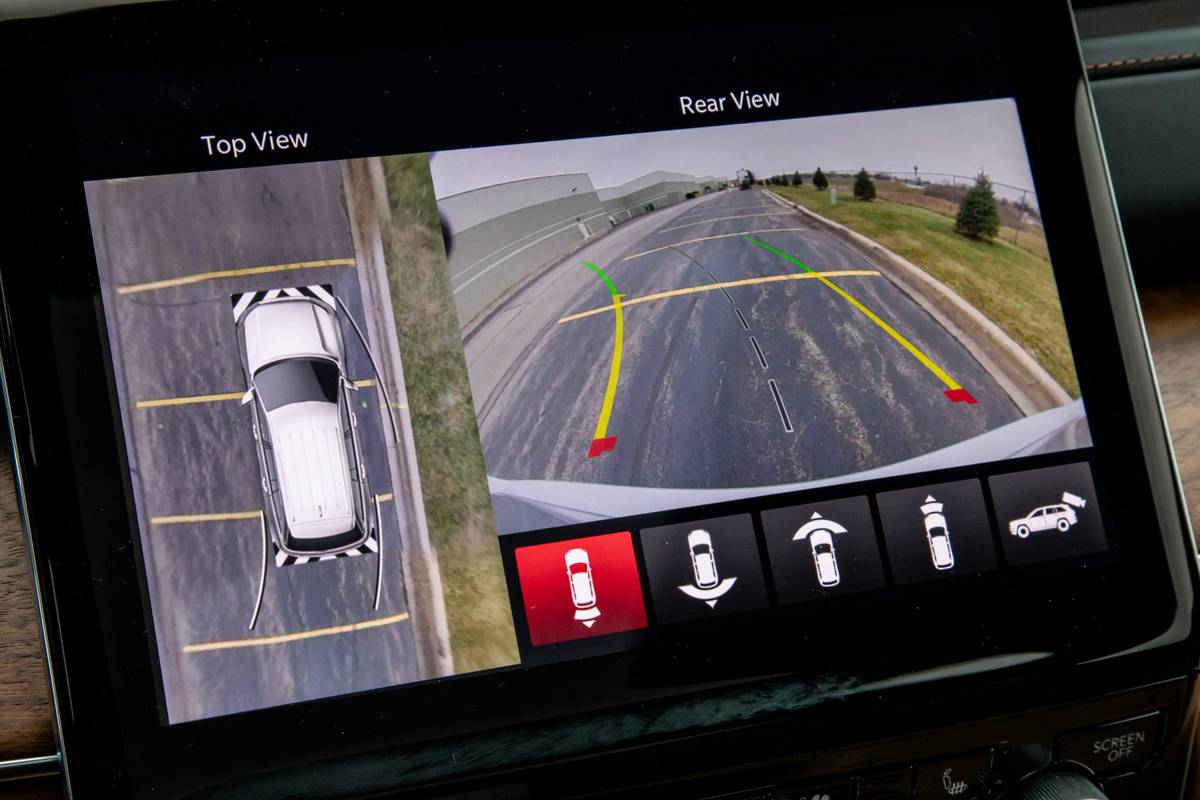
Volkswagen has a different approach. On the Arteon sedan, Golf GTI and Golf R, the rear camera is mounted inside the rear end’s VW emblem, and the emblem pivots when the transmission is in Reverse to expose the camera lens. Meanwhile, all VW SUVs and the Jetta sedan have the camera tucked under the overhang of the rear hatch or trunk. This placement strategically protects the camera from the elements.
David Zuby, chief research officer for the IIHS, expects to see more such approaches to keeping backup cameras clean in the future. There are things automakers can do to make backup cameras “less reliant on the driver to do something,” Zuby said, adding that drivers need to recognize that backup cameras will still have limitations.
“Bad weather aside, our research shows that some conditions like shadows and sunlight low on the horizon and shining right into the lens can make the images useless. The camera may be working and the lens may be clean, but there are conditions that the camera cannot overcome,” he said.
Don’t Overrely on Backup Cameras
Automakers warn buyers in the legalese of owner’s manuals that backup cameras are designed to assist the driver, not do all the work for them. For example, the owner’s manual for the 2023 Ford F-150 states, “The rearview camera system is a reverse aid supplement device that still requires the driver to use it in conjunction with the interior and exterior mirrors for maximum coverage.”
Even in ideal conditions, backup cameras aren’t foolproof. For instance, there’s a blind spot under the rear bumper of a vehicle that can make objects that are low to the ground difficult to see. In addition to using the backup camera and mirrors, AAA recommends that drivers walk around the vehicle to check for obstacles and look over both shoulders prior to backing up.
More From Cars.com:
- Feds Say New Cars Must Have Backup Cameras By Model-Year 2019
- Why Do My Car’s Windows Fog Up?
- Winter Is Coming: 7 Great Cars for Snow Driving
- Tips for Washing Your Car in Winter
- More Safety News
Related Video:
Cars.com’s Editorial department is your source for automotive news and reviews. In line with Cars.com’s long-standing ethics policy, editors and reviewers don’t accept gifts or free trips from automakers. The Editorial department is independent of Cars.com’s advertising, sales and sponsored content departments.
Featured stories
